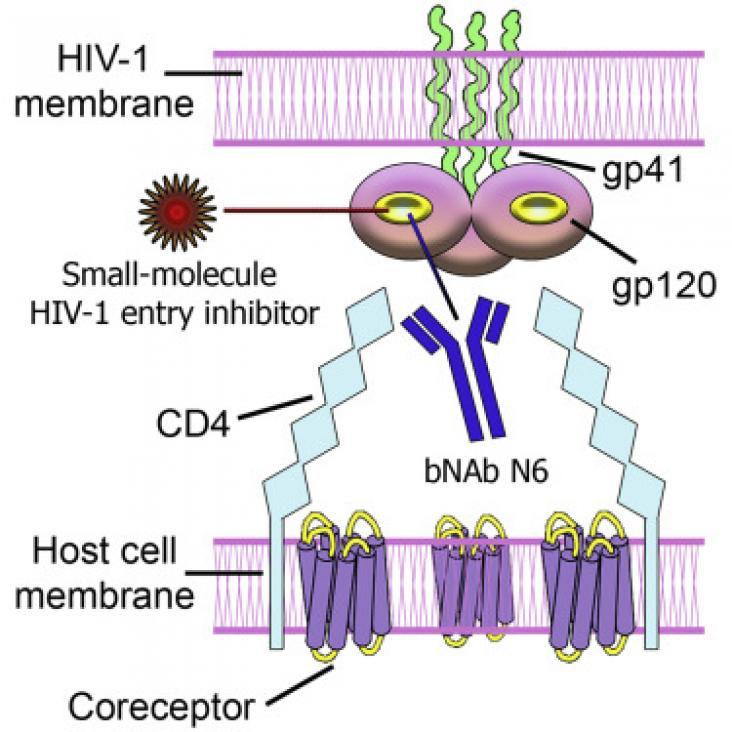This chapter aligns with the SDG goal 3 of good health and wellbeing by showing the clinical aspects, epidemiology, and molecular virology of the major hepatitis viruses.
Refugees need a place where both their physical and mental security is assured. This study looks at how the UN HCR program to resettle refugees is helping.
How SDG 8: decent work provides a climate for better mental health.

Jiang et al. review the advancement in development of small-molecule anti-HIV drugs targeting the sites in the HIV surface protein that HIV neutralizing antibody drugs also target. Small-molecule drugs can be taken orally, stored and transport at regular temperature, and produced much more easily and economically than antibody drugs, making the treatment more accessible for all.

This is an article on the impact of residential exposure to wildfires and the incidence of various cancers, in the context of SDGs 3, 13, and 15, focusing on the need to develop exposure metrics to better estimate the chronic population health burden attributable to environmental pollutants emitted during wildfires.
This study demonstrates that a multipronged SBCC (social and Behavior Change Communication) intervention can modify mothers’ complementary feeding practices, improve fathers’ and mothers’ knowledge of complementary feeding, and increase fathers’ support for complementary feeding, despite low levels of participant-reported exposure to some intervention components.
The findings in this paper suggest that both supply- and demand-side solutions are needed to improve HMG (health mothers’ group) performance and uptake in Nepal. These solutions need to include improving FCHV (female community health volunteer) skills and motivating them to provide high-quality HMG services, as well as encouraging family members to support women so that they have time to participate in the HMGs.
This paper's findings highlight various facilitators and barriers that need to be given special attention during the design and implementation phases of PDH (Positive Deviance/Hearth) and PDH-IVC (Positive Deviance/Hearth-Interactive Voice Calling program). The mental health, time, and resource constraints of elderly caregivers should also be addressed for a context like Cambodia when implementing child-focused health and nutrition programs.
There is clear evidence that lifestyle factors affect iron bioavailability. However, information regarding the effect of alcohol and caffeine consumption on iron metabolism is limited.

This Article supports SDG 3, focusing on using an open drug discovery platform to identify compounds that inhibit Mycobacterium chimaera, as well as investigating possible drug repurposing options
